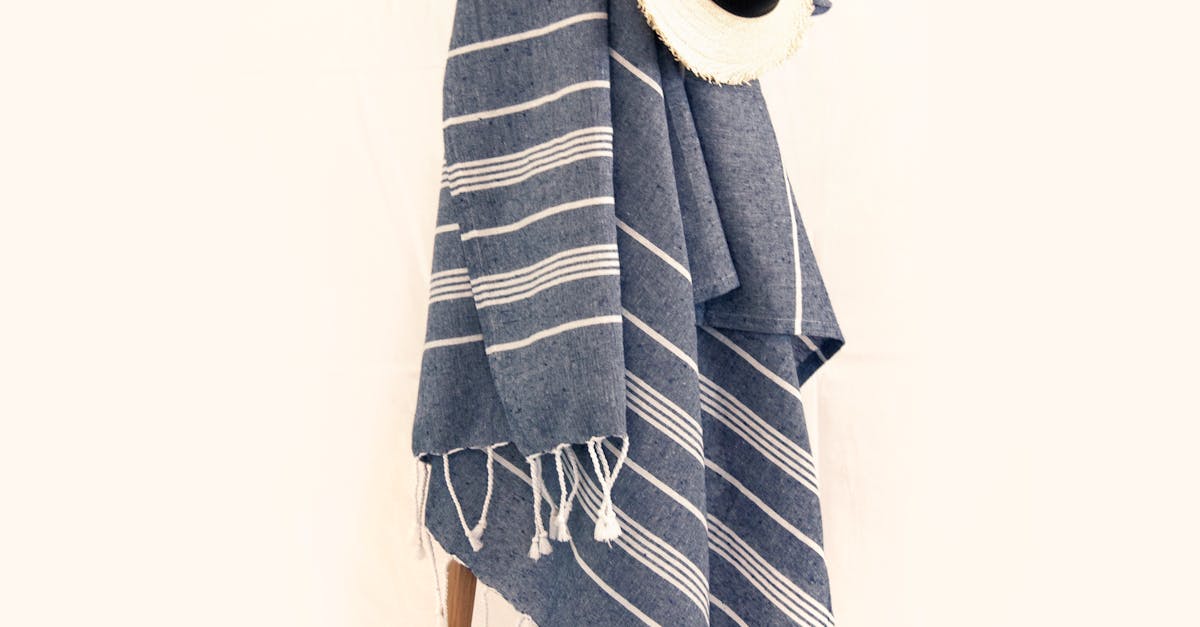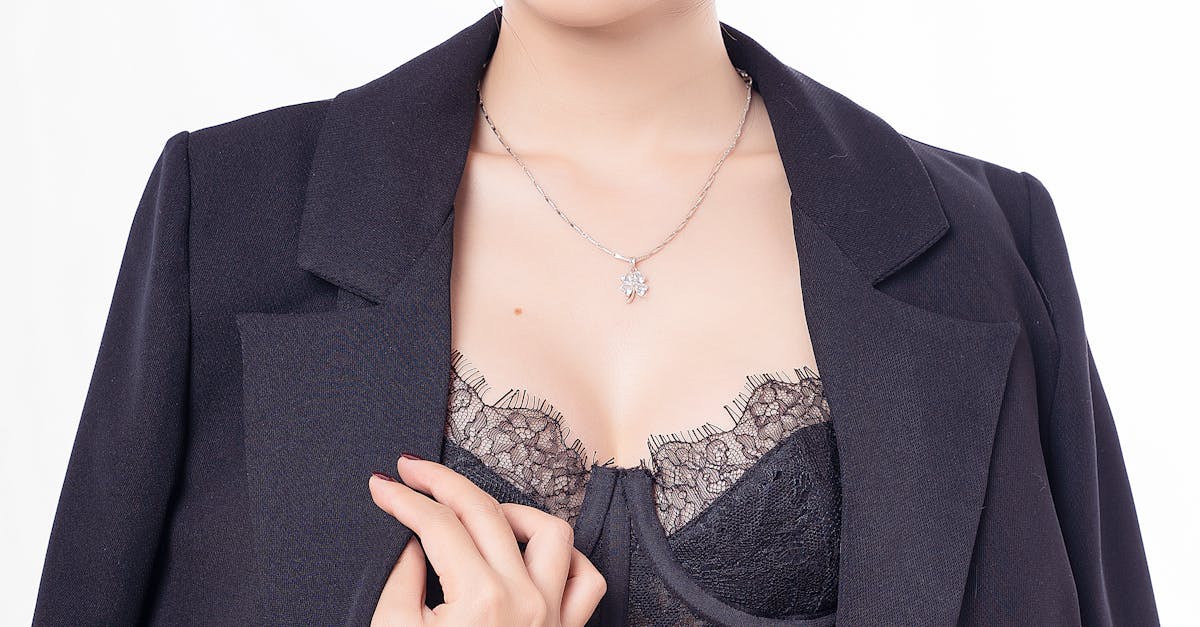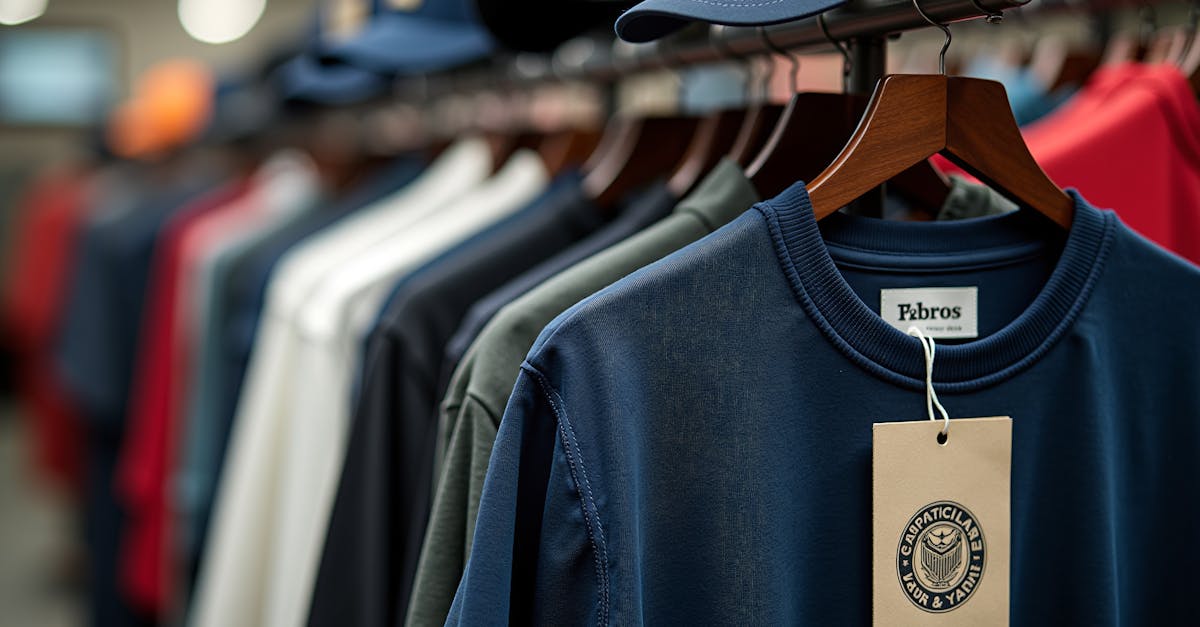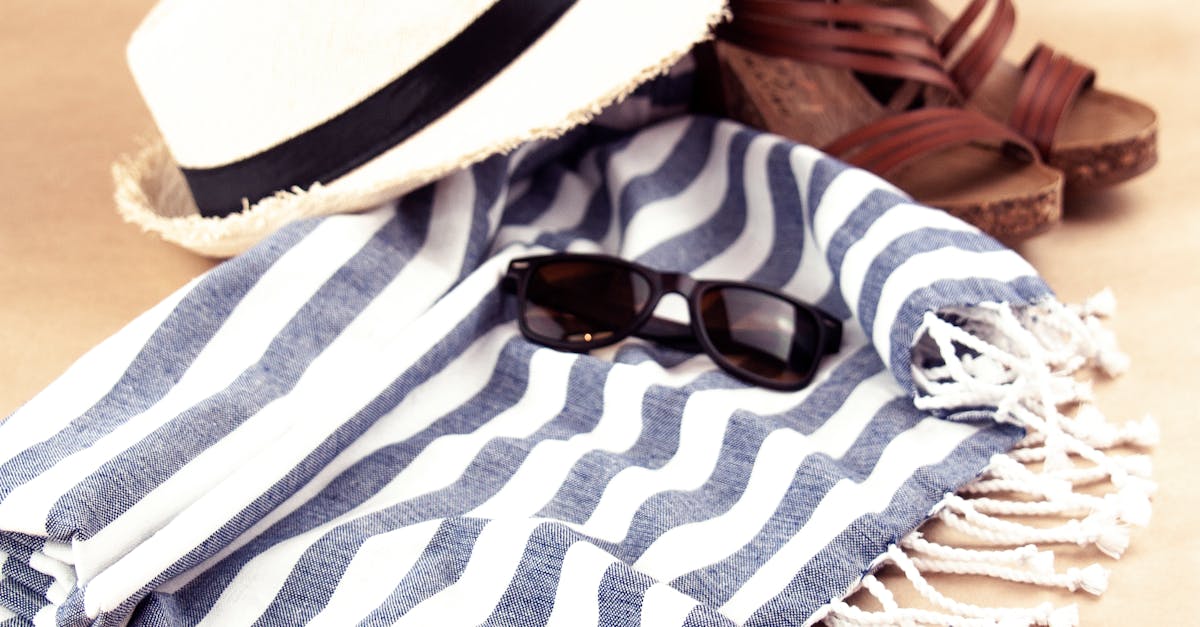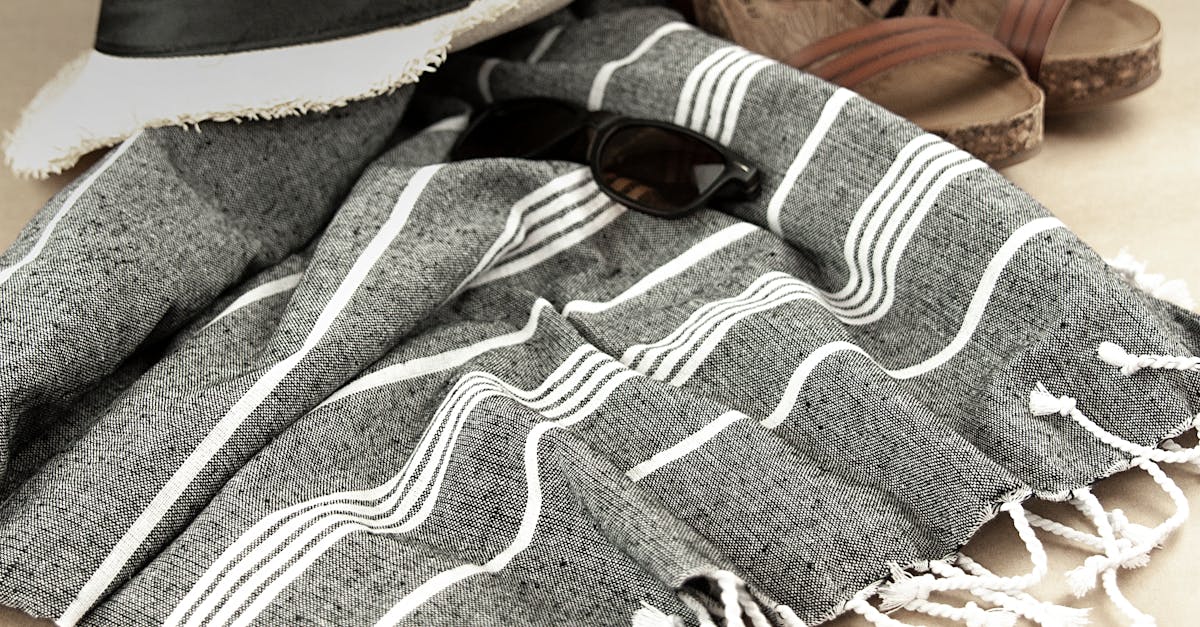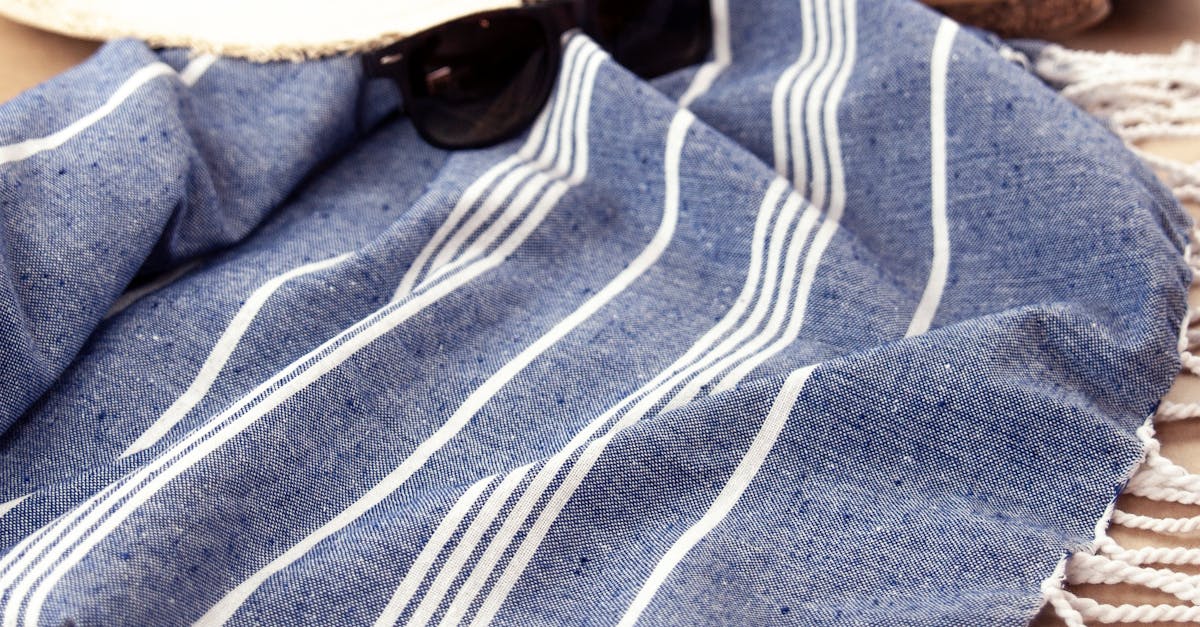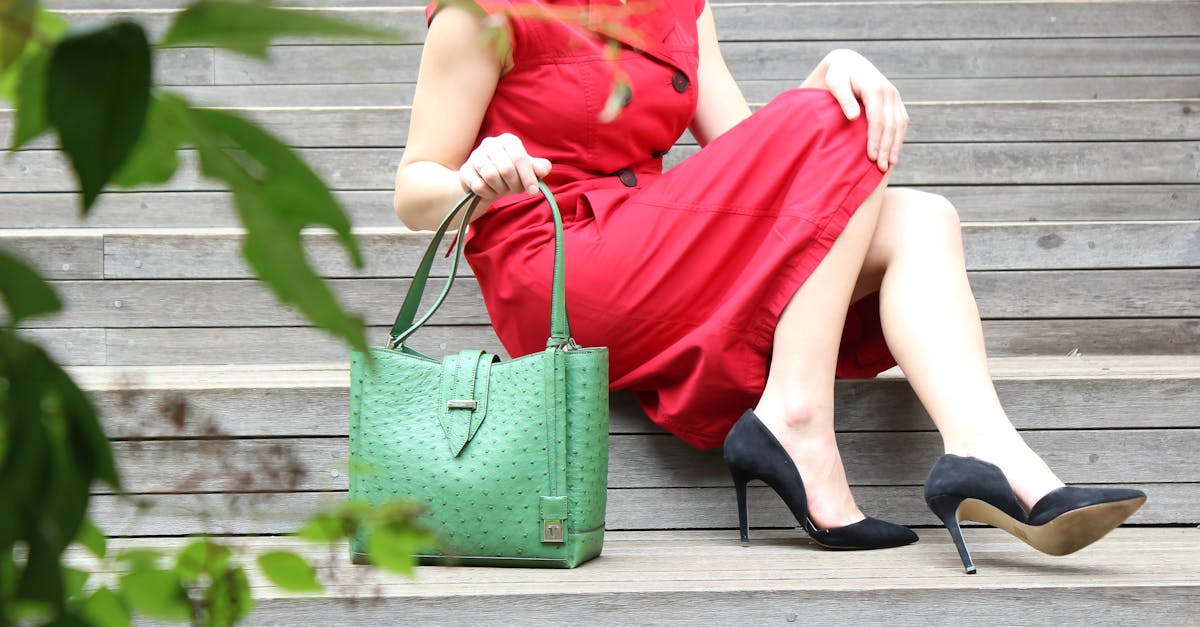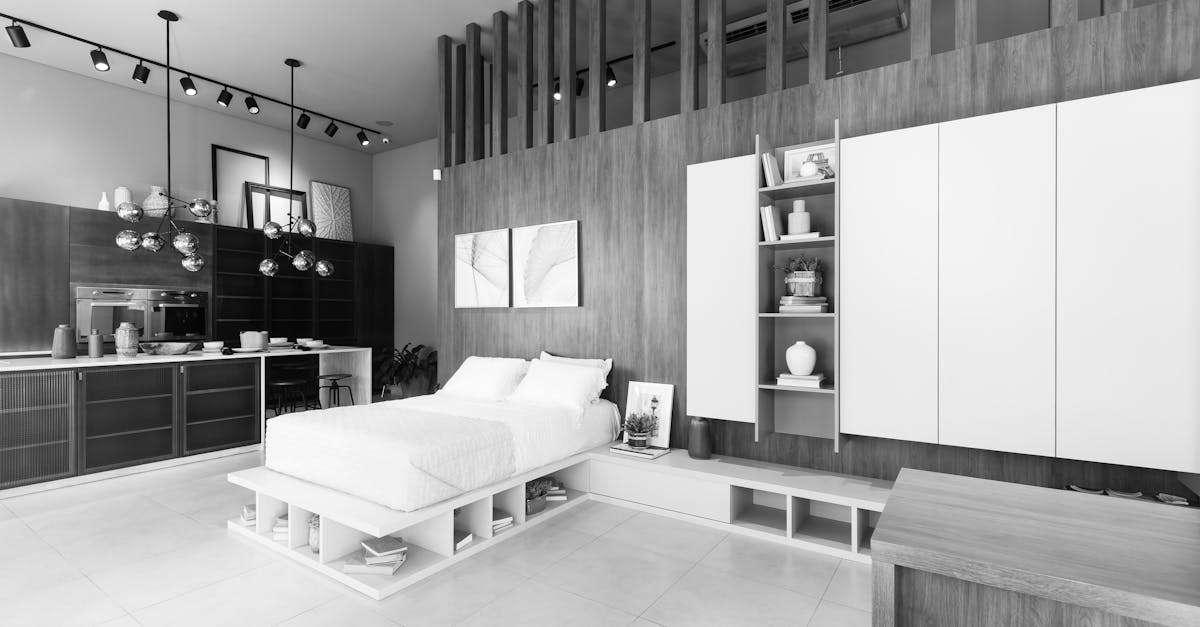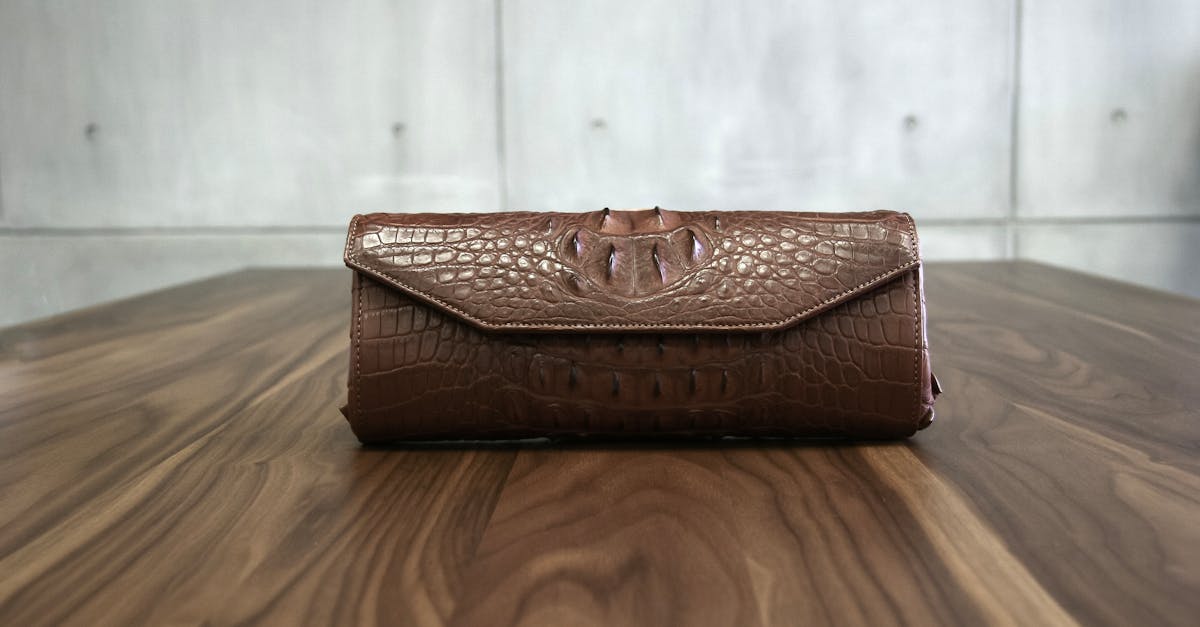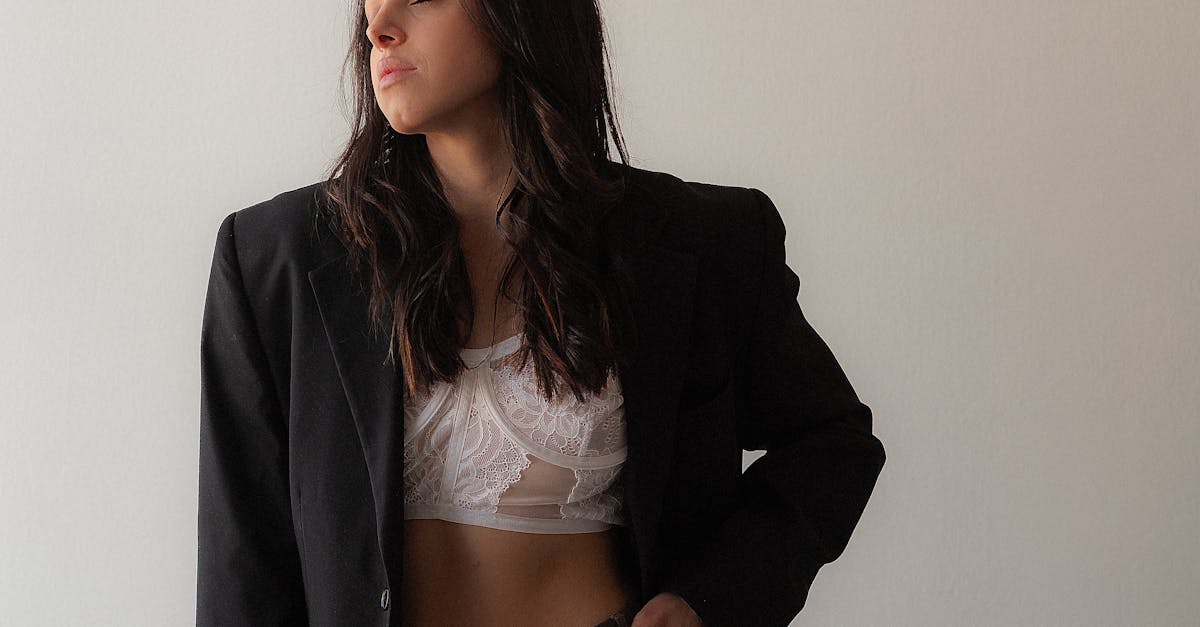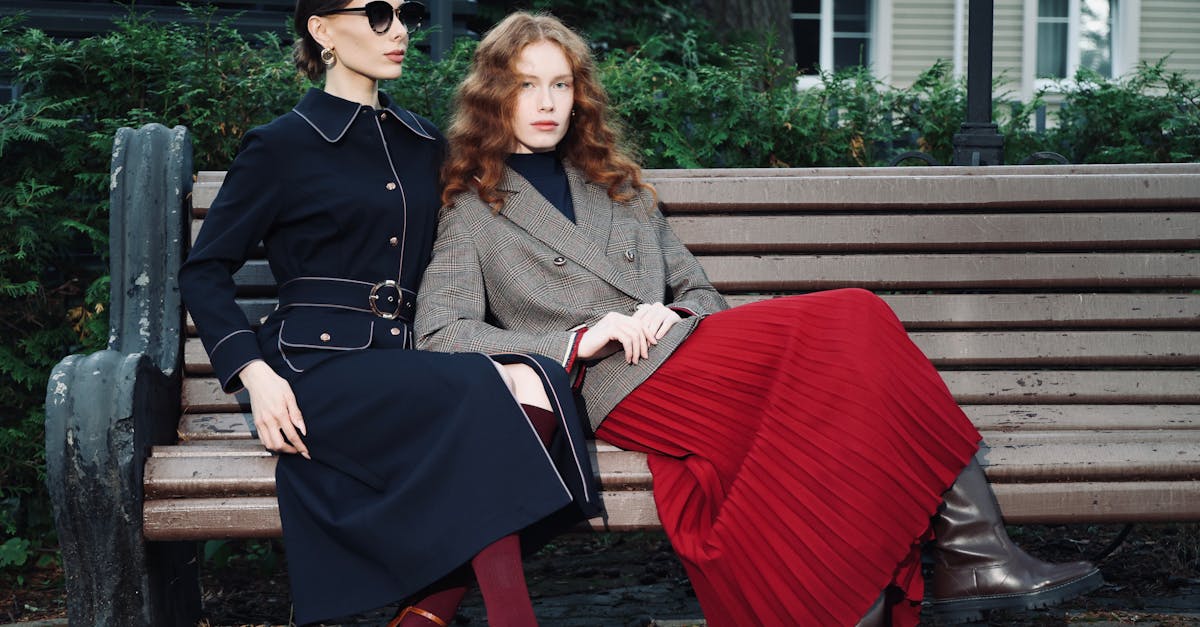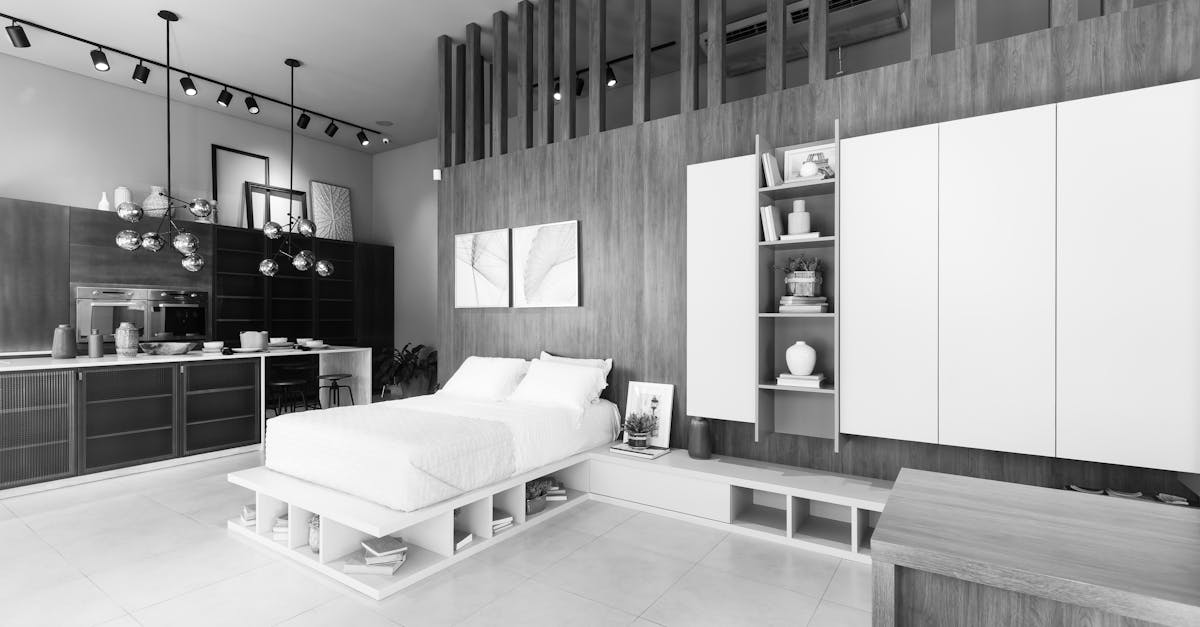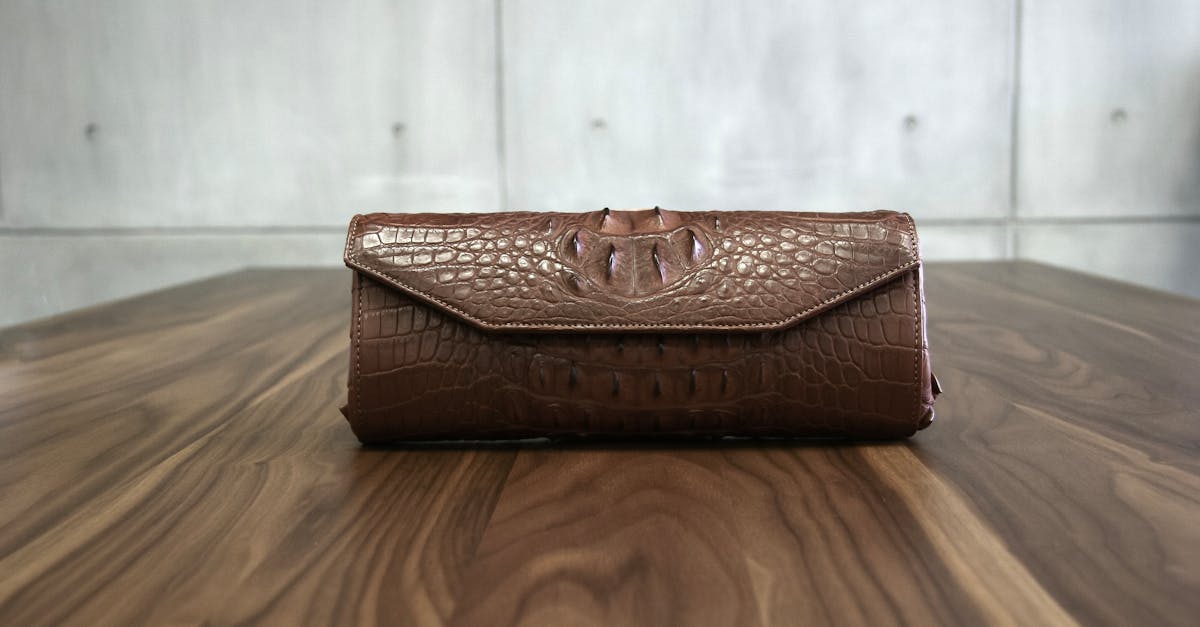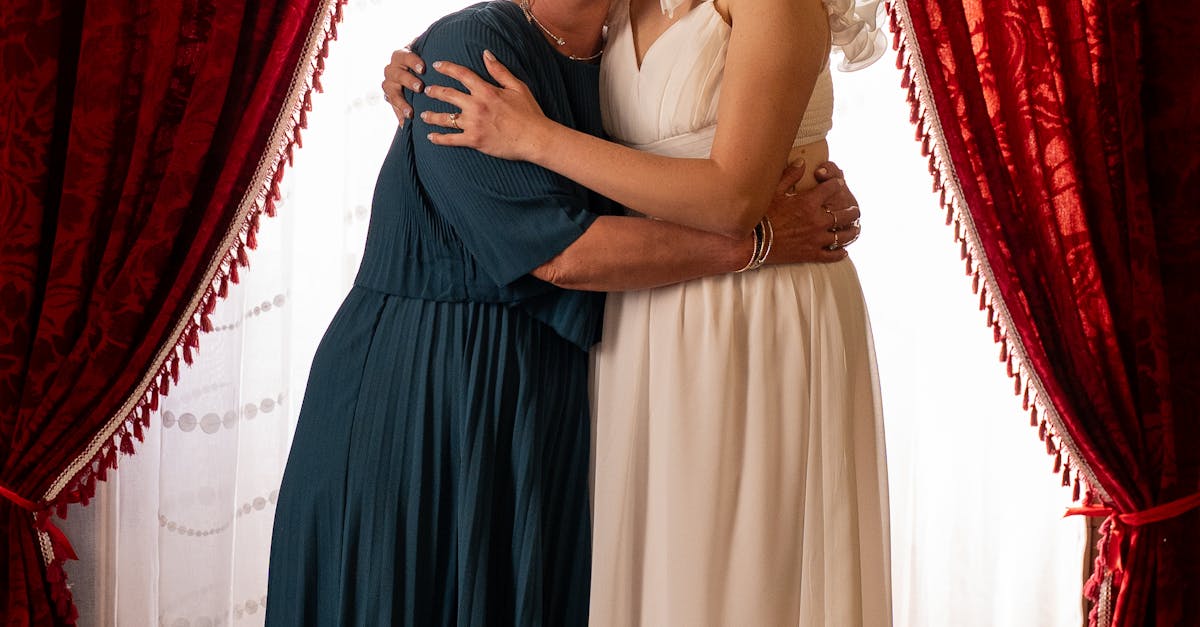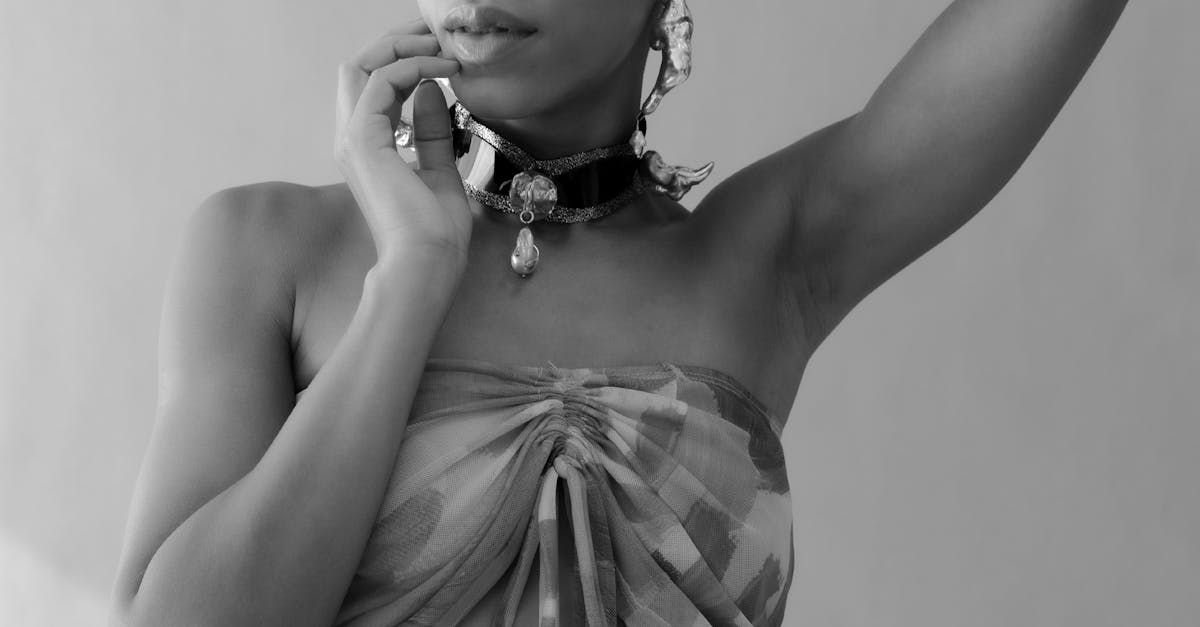
Table Of Contents
Fitted Wardrobes vs. Freestanding Wardrobes
Fitted wardrobes are custom-made to directly fit the dimensions of a room, often utilizing every available inch of space. They are typically integrated into the existing architecture, providing a seamless appearance. This type of wardrobe maximizes storage potential, allowing for tailored solutions based on individual needs and preferences. The design can incorporate a variety of features, such as built-in shelving, drawers, and compartments, ensuring a high level of organization.
Freestanding wardrobes offer flexibility and mobility, allowing homeowners to rearrange their space as needed. These units are often available in various styles and sizes, making them easily accessible for different budgets and tastes. However, freestanding wardrobes may not utilize space as efficiently as fitted wardrobes, potentially leaving gaps or unused areas in a room. Personal preference and room layout typically influence the decision between the two options.
Pros and Cons of Each Style
Fitted wardrobes offer a custom solution tailored to the space and aesthetic of a room. Their ability to maximize storage and create a streamlined appearance is a significant advantage. These wardrobes can be integrated seamlessly into existing decor, which enhances room design. However, the initial investment tends to be higher than that of freestanding options. Additionally, once installed, fitted wardrobes can limit flexibility if room layouts or styles change over time.
Freestanding wardrobes provide versatility and mobility that fitted wardrobes lack. They are often available at various price points, making them accessible for different budgets. These wardrobes can be easily rearranged or replaced as needed, adapting to changes in personal style or living arrangements. On the downside, they may not utilize space as efficiently as fitted wardrobes, leading to wasted areas in corners or under eaves. This can be a disadvantage in smaller rooms where maximizing storage is crucial.
Installation Process
The installation process for Fitted Wardrobes typically begins with careful measurement of the designated space. Accurate measurements ensure that the wardrobe fits snugly against the walls and utilizes every inch efficiently. After assessing the dimensions, the next step involves selecting the appropriate materials. These can range from plywood to high-quality MDF, depending on the desired finish and durability.
Once the materials are chosen, the actual assembly process commences. This usually includes pre-drilling holes for hinges and handles, as well as assembling the wardrobe components, such as shelves and drawers. Special attention should be given to securing the wardrobe to the wall to prevent tipping and ensure stability. Proper installation not only enhances the aesthetic appeal of the space but also guarantees the functionality of Fitted Wardrobes.
Steps Involved in Fitting a Wardrobe
Fitting a wardrobe requires careful planning and precision to ensure a perfect fit within the designated space. Begin by measuring the area where the fitted wardrobe will reside. Take note of the wall length, height, and any features such as windows or radiators that may affect the installation. Once you have your measurements, select the appropriate materials and design that suit both your aesthetic and functional needs.
After gathering your materials, the actual assembly process begins. Start by installing the frame of the fitted wardrobes against the wall, ensuring it is level and securely anchored. Next, attach the necessary shelving, hanging rods, and any additional features like drawers or compartments. Finally, finish the wardrobe by adding doors or panels, which can enhance the overall look while providing easy access to your stored items.
Maintenance Tips for Fitted Wardrobes
To keep Fitted Wardrobes in optimal condition, regular maintenance is key. Dust and debris can accumulate on surfaces, so a gentle clean with a soft cloth is recommended. Avoid harsh chemicals that could damage finishes. It's also essential to check hinges and sliding mechanisms periodically. Tightening screws and applying lubrication can prevent wear and prolong the life of your wardrobe.
In addition to cleaning and mechanical checks, organization can impact the longevity of Fitted Wardrobes. Use dividers and boxes to separate items, preventing overcrowding. This not only enhances accessibility but also reduces the stress on shelves and rods. Regularly reassessing your storage can ensure that items are stored correctly and that your wardrobe remains functional and aesthetically pleasing.
Keeping Your Wardrobe in Top Shape
Regular maintenance is essential to keep fitted wardrobes looking and functioning their best. Start by dusting surfaces with a microfiber cloth to prevent buildup. Pay attention to shelves and hanging rods, as these areas can accumulate dust quickly. Use a gentle cleanser on surfaces, especially if there are any stubborn stains. Avoid harsh chemicals that might damage the finish of the wardrobe.
Inspecting the fittings of your fitted wardrobes is also vital. Check hinges, handles, and tracks for any signs of wear. Tighten any loose screws or fittings to maintain stability. If you notice any misalignment, a simple adjustment can often resolve the issue. Routine care not only preserves the appearance but also extends the life of your fitted wardrobes.
FAQS
What is a fitted wardrobe?
A fitted wardrobe is a built-in closet that is custom-designed to fit the specific dimensions of a room, maximizing storage space and providing a seamless look.
How do fitted wardrobes differ from freestanding wardrobes?
Fitted wardrobes are built into the wall and designed to fit a specific space, while freestanding wardrobes are separate pieces of furniture that can be moved and rearranged.
What are the pros of fitted wardrobes?
Fitted wardrobes offer advantages such as maximizing space, tailored designs to fit individual needs, and a more streamlined appearance that can enhance the overall aesthetics of a room.
Are there any cons to consider with fitted wardrobes?
Yes, fitted wardrobes can be more expensive than freestanding options and may require professional installation, which can take time and involves a more permanent solution.
What steps are involved in the installation process of a fitted wardrobe?
The installation process typically involves measuring the space, designing the layout, building or acquiring the wardrobe components, and then assembling and securing them in place.
How can I maintain my fitted wardrobe?
To maintain your fitted wardrobe, regularly clean the surfaces, check for any wear or damage, and ensure that doors and drawers are functioning properly without obstruction.


